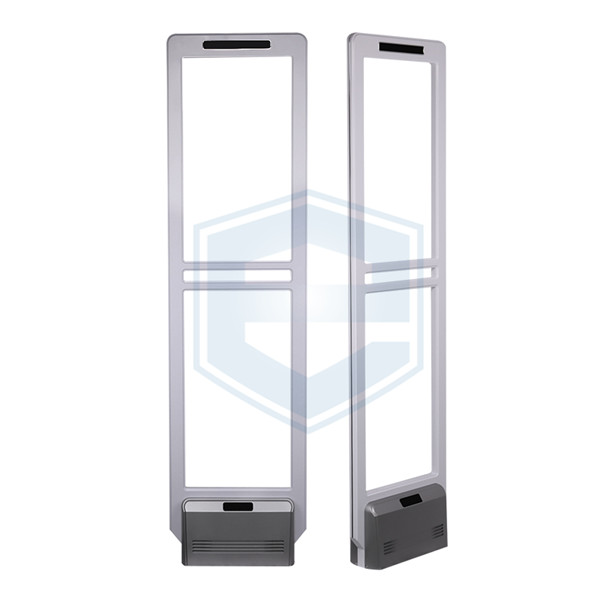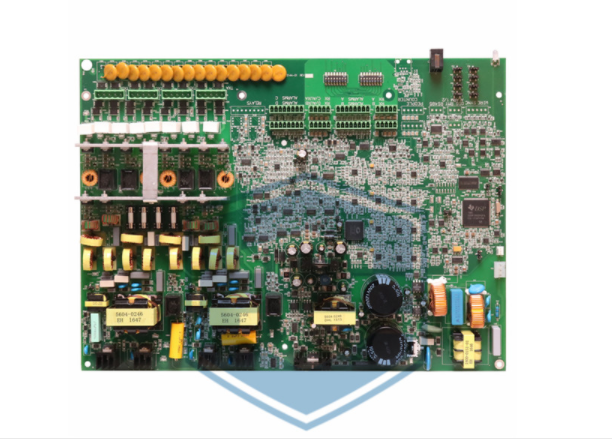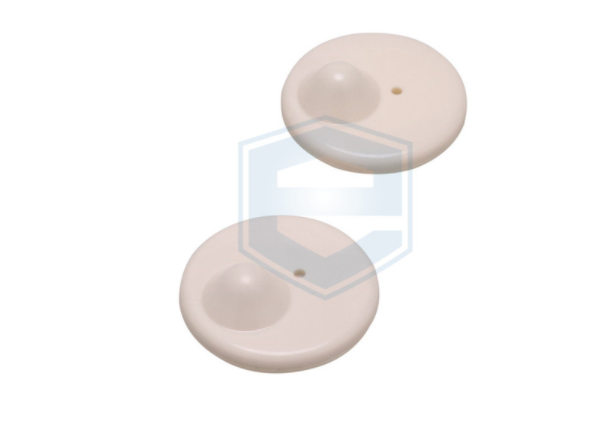Security tags and labels continue to be one of the most effective strategies used by retailers worldwide in the fight against shoplifting. Effective use of EAS can reduce shoplifting by about 60-80 percent. So how does it really work, as ENGUARD shares.
 Electronic component: antenna
Electronic component: antennaAntennas are usually installed at the entrance to the store. In most cases, they are a single pedestal antenna or a group of two or three antennas located at the entrance. They can also be hidden inside the door frame, under the floor.
These detection antennas emit signals to which security tags or labels attached to products and merchandise in the store respond. When an item with an active tag or label passes these antennas, an alert is sent indicating that the item is leaving the store.
There are two widely used types of EAS systems offered - RF and acoustic magnetic. The main difference between them is the frequency at which they operate, measured in Hertz.
AM systems operate at 58 KHz, with signals emitted in pulses or bursts of 50 to 90 times per second, while RF scans at 8.2 MHz.
Security tags also come in a variety of shapes, which also correlate with the difficulty of removing the tag illegally.
These shapes include round, square and pencil-shaped tags. Round tags with pins that correspond to the size of the tag are considered one of the most difficult tags for shoplifters to remove. They are more difficult to force open because of the small surface area available for purchase and the inability of the pin to force its way through the product without causing visible cuts or tears.
There are two common types of locking mechanisms used in security tags - mechanical locks and magnetic locks.
In the case of magnetic locking, there are different strengths available. The higher the magnetic strength, the more difficult it is for the tag to be illegally removed.
Security labels need to be removed when selling products. This simple process is accomplished using a detach device installed or mounted on the point-of-sale counter. Whether it is a mechanical device or a high-powered magnet, the remover releases the security tag's locking mechanism and allows the tag to be removed. The tag can then be reused on other products.
Suitable for high-volume, low-value items such as books, CDs, hardware, non-perishable groceries and pharmaceuticals, security tags are also available for RF and AM systems and come in a variety of shapes and sizes.
They work in the same way as hard tags because they are in constant communication with the store's EAS antenna and will sound an alarm if they pass through the antenna and are not deactivated.
The benefit of self-adhesive security labels is that they offer affordability and single use. They are easy to apply and can be quickly deactivated.
Security labels are usually deactivated by a deactivator located at the point of sale or integrated into the scanner. These deactivators work by breaking the circuitry within the tags so that they no longer emit a signal and can pass near the antenna without sounding an alarm. The tags cannot be reused.
Stop waiting and follow us here to secure your stores! Make sure you won't meet theives.

Basic Approach to Preventing Retail Business Losses
Apr. 16, 2022
What You Need to Know about EAS Security Tag Alerts
Apr. 06, 2022